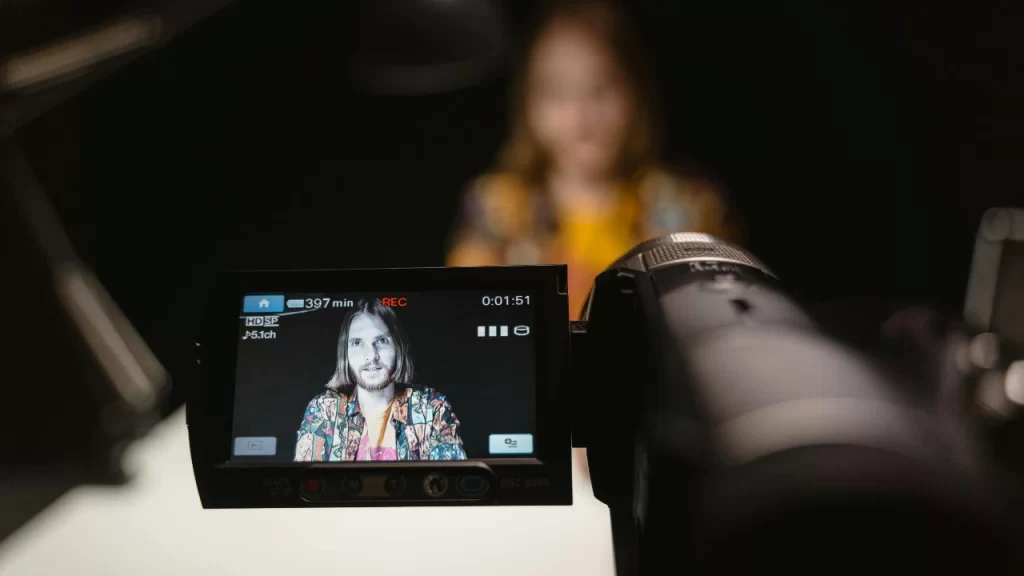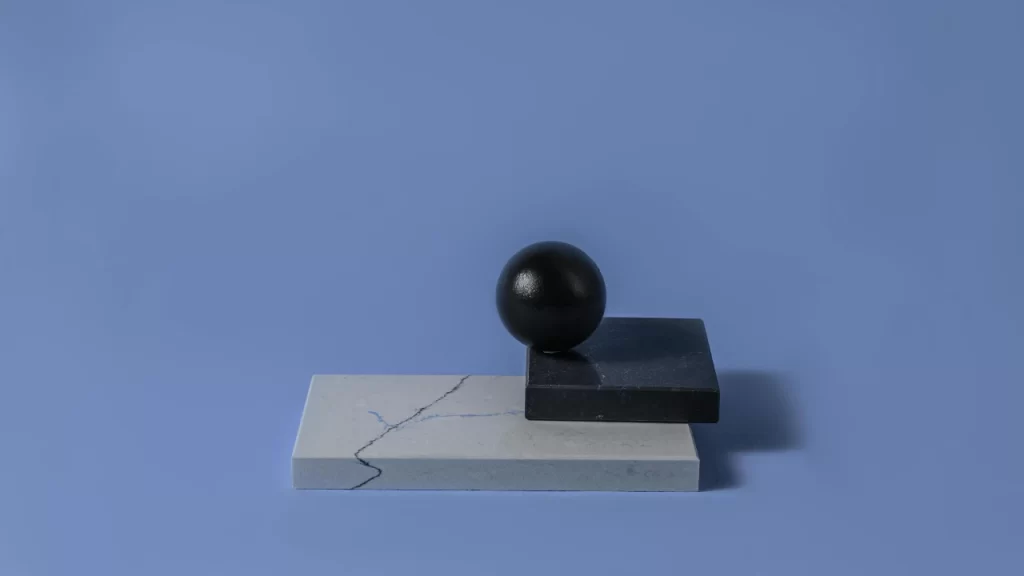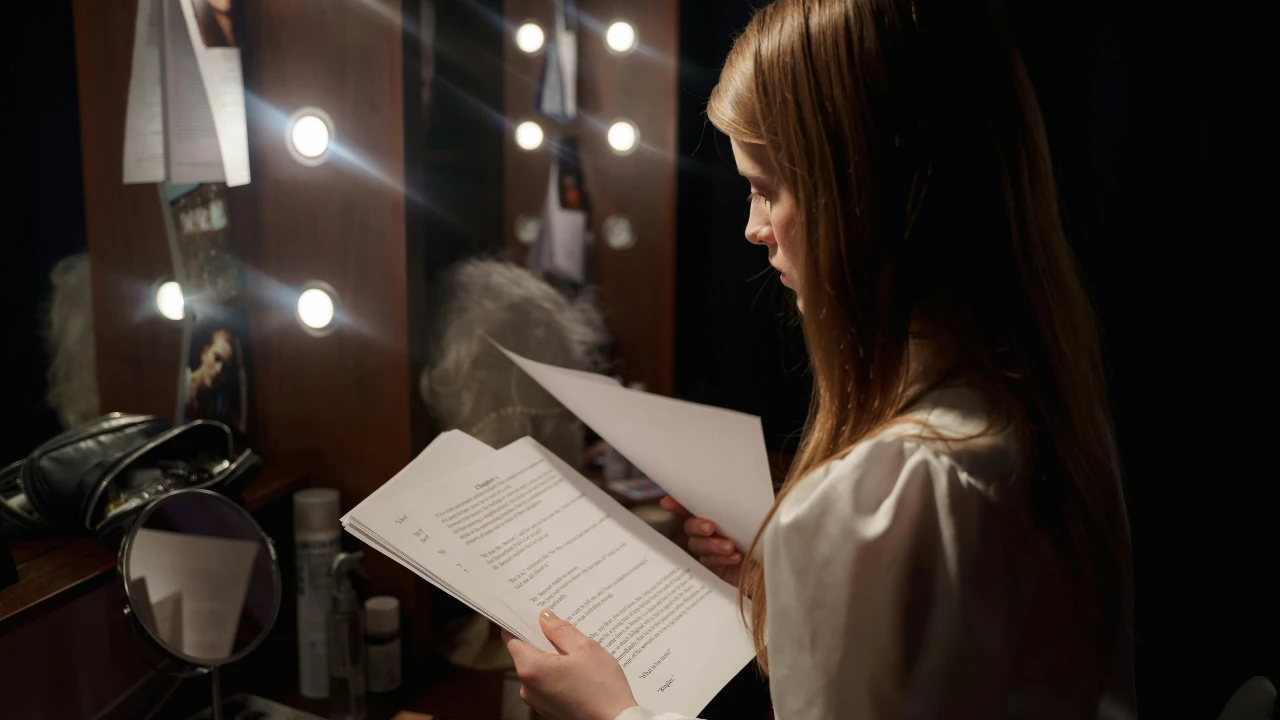Documentary Film is a genre of filmmaking that aims to document real events, people, and places with an objective and truthful approach. Unlike fictional movies, documentaries strive to capture reality as it unfolds, often providing insightful perspectives on various subjects. Utilizing Documentary Film Techniques, filmmakers employ various documentary techniques such as interviews, archival footage, and observational filming to tell compelling stories. Making a documentary involves extensive research, planning, and documentary production processes to ensure authenticity and accuracy. The process of shooting documentary footage demands careful consideration of the environment and subjects to maintain the integrity of the narrative. When seeking professional assistance, collaborating with a reputable documentary video production company can enhance the quality and impact of the final product. Documentary films are powerful tools for education, awareness, and preserving history.
Different Types of Documentary Film Techniques
Documentary Film Techniques vary widely, each bringing a unique perspective to storytelling. Common documentary techniques include observational, participatory, and expository methods. Observational techniques involve minimal interference, capturing events as they happen. Participatory techniques engage the filmmaker directly with the subject, often through interviews or interactions. Expository techniques focus on delivering a clear argument or message, typically using a narrator. When making a documentary, the choice of technique significantly influences the narrative and viewer engagement. Proper documentary production ensures these techniques are effectively employed, creating compelling and authentic stories.
Actuality in Relation to Documentary Films
Actuality in Relation to Documentary Films is a core concept that emphasizes the importance of presenting real events and genuine moments. Utilizing various documentary film techniques, filmmakers strive to capture the essence of reality without manipulation. Key documentary techniques for achieving actuality include observational filming and direct cinema, where the camera becomes a passive observer, allowing events to unfold naturally. This approach is crucial when making a documentary that aims to convey authenticity and truth. Effective documentary production ensures that the captured footage remains true to the subjects and their experiences, providing an honest portrayal of reality.
Voice-Over
Voice-Over is a powerful tool in documentary film techniques that adds depth and context to the visual narrative. This technique involves a narrator speaking off-camera, guiding the audience through the story. Voice-overs can provide background information, explain complex topics, or share personal insights. When making a documentary, the choice of voice-over style and narrator’s tone significantly impacts the viewer’s understanding and emotional connection. During documentary production, careful scripting and recording of voice-overs are essential to ensure clarity and engagement. For those seeking professional assistance, collaborating with a video production company in Bangalore can enhance the quality and effectiveness of voice-over integration.

Direct and Indirect Interviews
Direct and Indirect Interviews are vital documentary film techniques used to provide insight and depth to the narrative. In direct interviews, subjects speak directly to the camera, offering their perspectives and personal experiences. This method is often employed when making a documentary to create a strong connection between the audience and the interviewee. Indirect interviews, on the other hand, involve subjects interacting with someone off-camera, resulting in more natural and candid responses. These documentary techniques are essential in documentary production, allowing filmmakers to capture authentic emotions and stories, enhancing the overall impact of the film.
Archival Footage
Archival Footage is a crucial element in many documentaries, providing historical context and supporting evidence. Incorporating this footage involves sourcing and integrating existing video or film material that is relevant to the documentary’s theme. When shooting documentary films, using archival footage helps to illustrate points, compare past and present events, and add credibility to the narrative. Effective use of archival footage requires meticulous research and licensing, ensuring the material is authentic and enhances the story. This technique is particularly valuable in corporate documentary video production service, offering a historical perspective on a company’s evolution and achievements.
Re-Enactment
Re-Enactment is a powerful documentary film technique used to recreate events that were not captured on camera. This method involves actors or real people performing scenes based on historical or factual accounts. Re-enactments can vividly bring to life moments that are crucial to the story, providing visual and emotional context. When making a documentary, careful attention to detail and accuracy is essential to ensure these scenes are credible and respectful to the true events. In collaboration with a branded content video production company or those offering 3D technical animation services in India, re-enactments can be enhanced through special effects or animation, adding depth and realism to the film.
Montage
Montage is a powerful documentary film technique used to convey a lot of information in a short time. This method involves piecing together a series of shots to create a composite narrative. When making a documentary, montage is particularly effective in showing the passage of time, highlighting changes, or emphasizing key themes. It allows for a dynamic and engaging way to present complex ideas or extensive events. Skilled documentary production utilizes montage to enhance storytelling, ensuring that each clip is thoughtfully selected and seamlessly edited to maintain the flow and coherence of the documentary.
Exposition
Exposition in documentaries refers to the method of conveying background information, context, and facts essential to understanding the narrative. This documentary technique often includes voice-overs, interviews, and on-screen text to provide clarity and depth. Effective exposition is crucial when making a documentary as it ensures the audience is well-informed and engaged with the story. During documentary production, the balance between exposition and visual storytelling must be carefully managed to avoid overwhelming the viewer with information while maintaining the documentary’s informative and educational value.
References
References in a documentary are essential for establishing credibility and supporting the film’s arguments. This involves citing sources, using archival footage, and including expert interviews to back up the information presented. When making a documentary, incorporating references is a key aspect of documentary production that enhances trustworthiness and authority. Properly sourced references validate the content, making it more reliable and respected. Additionally, detailed references can guide viewers who wish to explore the subject further, thereby extending the documentary’s impact beyond its immediate viewing.

Wallpaper Technique
Wallpaper Technique is a unique documentary film technique where the background visuals are used extensively to support the narrative without overwhelming the main subject. This approach involves the careful selection of background imagery that complements and enhances the primary story. When making a documentary, the wallpaper technique can be particularly effective in creating a visual context or setting the tone without distracting the audience from the main focus. This method requires meticulous planning during documentary production to ensure that the background visuals seamlessly integrate with the main footage, thereby enriching the overall viewing experience.
Actuality
Actuality is a fundamental concept in documentary techniques, emphasizing the importance of capturing real events as they happen. This approach seeks to present an unaltered and truthful depiction of reality, often through techniques like observational filming. When shooting documentary footage, maintaining actuality involves minimal interference from the filmmaker, allowing the subjects to act naturally. This technique is crucial in documentary production as it builds authenticity and trust with the audience. By focusing on actuality, documentaries can provide a genuine and insightful look into the lives and events they portray.
How to Make a Documentary
Making a documentary involves a multi-step process that requires careful planning, creativity, and technical expertise. Here are the key steps:
- Research and Development: Identify a compelling story, conduct thorough research, and outline your documentary’s narrative.
- Pre-Production: Plan your documentary production by creating a detailed script, securing funding, and assembling a team.
- Shooting Documentary Footage: Use various documentary film techniques such as interviews, observational footage, and B-roll to capture your content.
- Post-Production: Edit the footage, add voice-overs, music, and graphics to create a cohesive and engaging narrative.
- Distribution: Plan the release of your documentary through festivals, streaming platforms, or other media channels.
Throughout the process, focus on maintaining authenticity and accuracy to adhere to high standards of documentary filmmaking.
Difference Between Documentary and Movie
Understanding the Difference Between Documentary and Movie is crucial for appreciating the unique qualities of each form of filmmaking. Both documentaries and movies use storytelling techniques, but their purposes and methods differ significantly.
Documentary Film Techniques are centered around portraying real events, people, and stories with an emphasis on truth and authenticity. Documentary production involves extensive research, factual accuracy, and often aims to educate, inform, or bring awareness to specific issues. Filmmakers utilize documentary techniques such as interviews, archival footage, and direct cinema to provide a genuine representation of reality. Shooting documentary footage often involves capturing unscripted, real-life scenarios, highlighting the natural flow of events without interference.
In contrast, movies, or narrative films, are primarily fictional and created for entertainment. They follow a scripted storyline with actors portraying characters in a constructed plot. The production process includes writing a screenplay, casting actors, and meticulously planning scenes. Unlike documentaries, movies rely on dramatization, special effects, and creative liberties to craft an engaging and entertaining experience.
When making a documentary, the goal is to present an unfiltered and truthful account, often requiring the filmmaker to be an observer rather than a creator. In movie production, creativity and imagination are paramount, with the director and screenwriter shaping the story and its presentation.
In summary, while both documentaries and movies aim to captivate their audience, documentaries are rooted in reality and factual storytelling, whereas movies focus on fictional narratives crafted for entertainment.


Leave a Reply